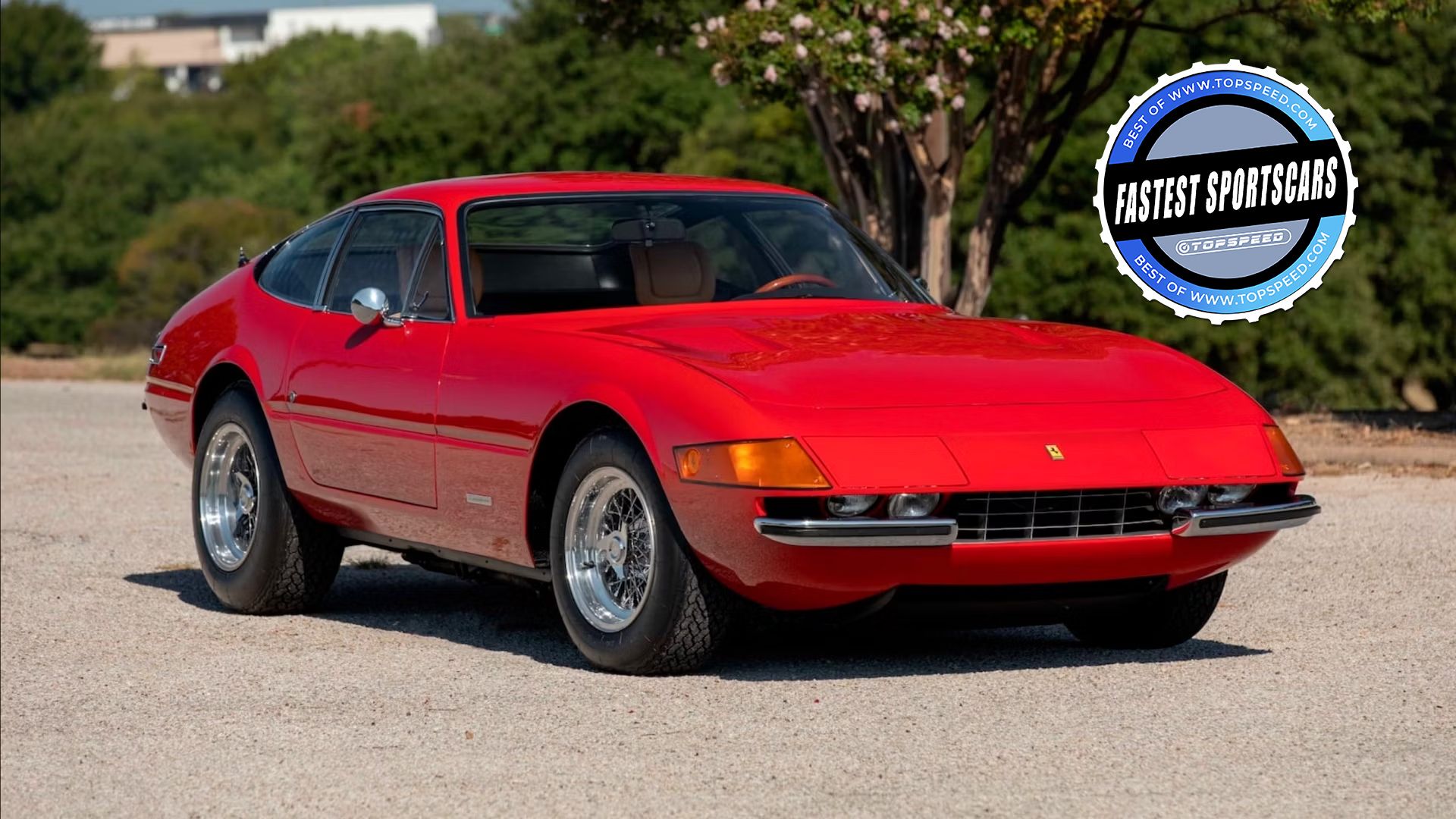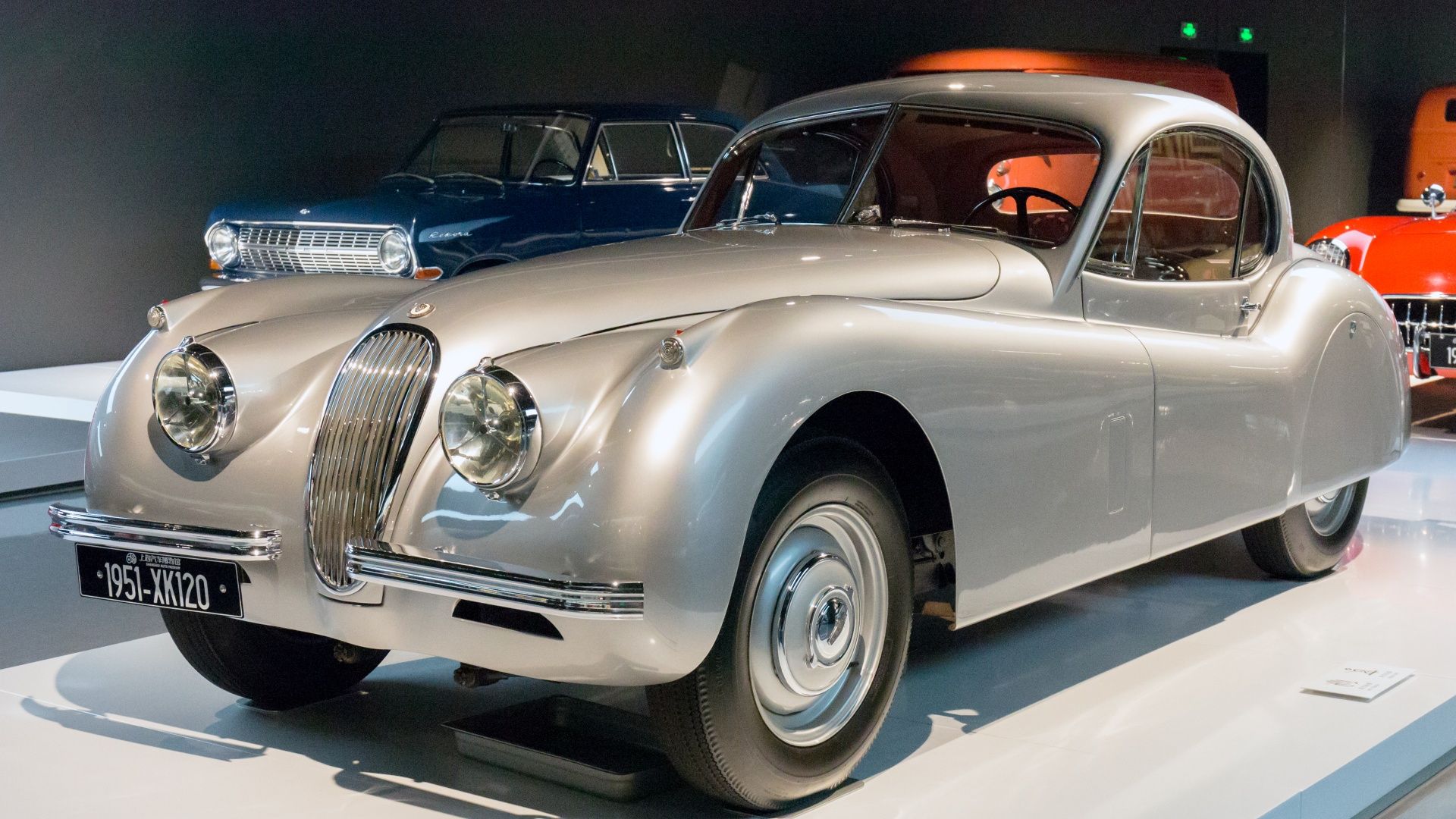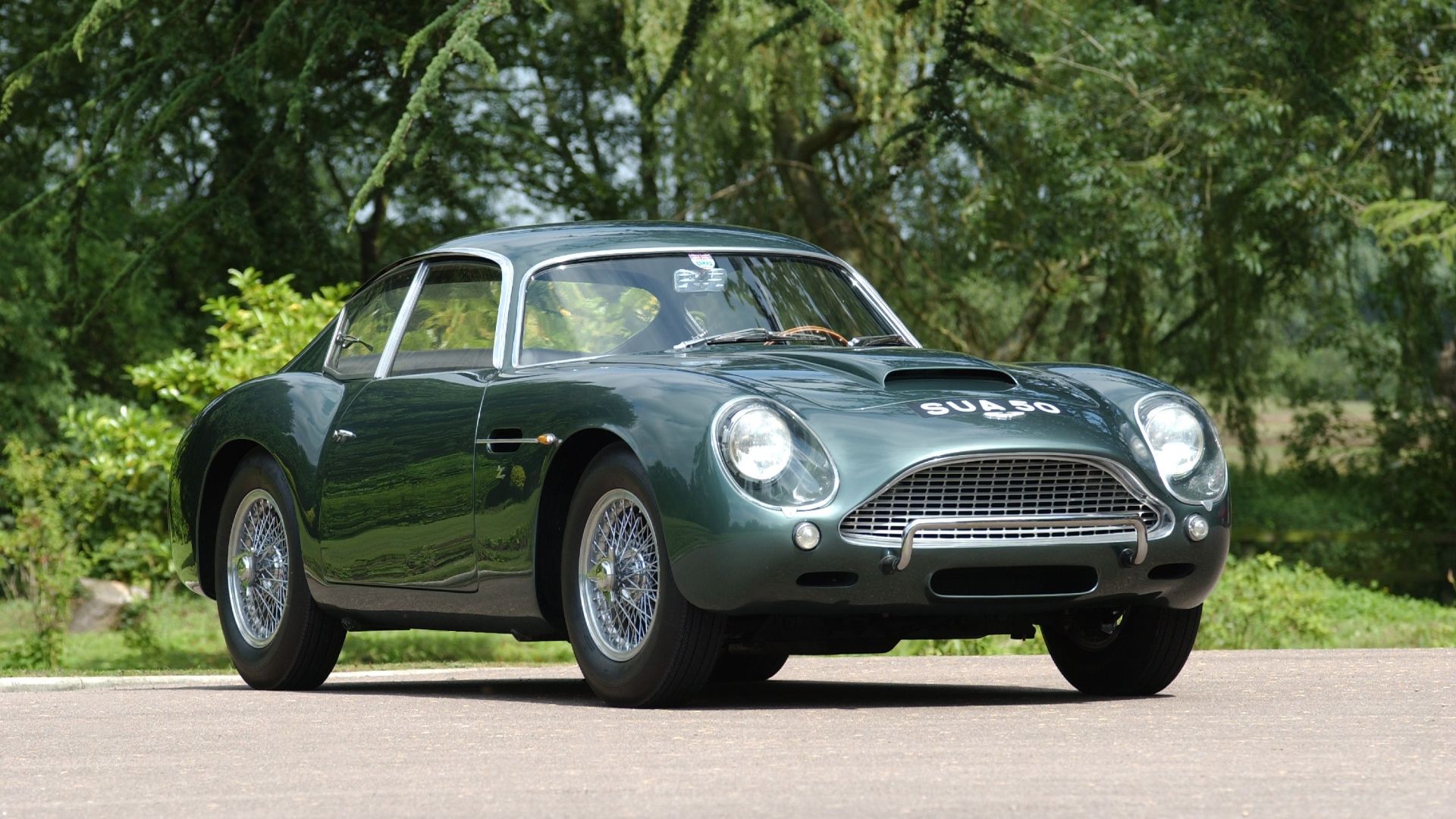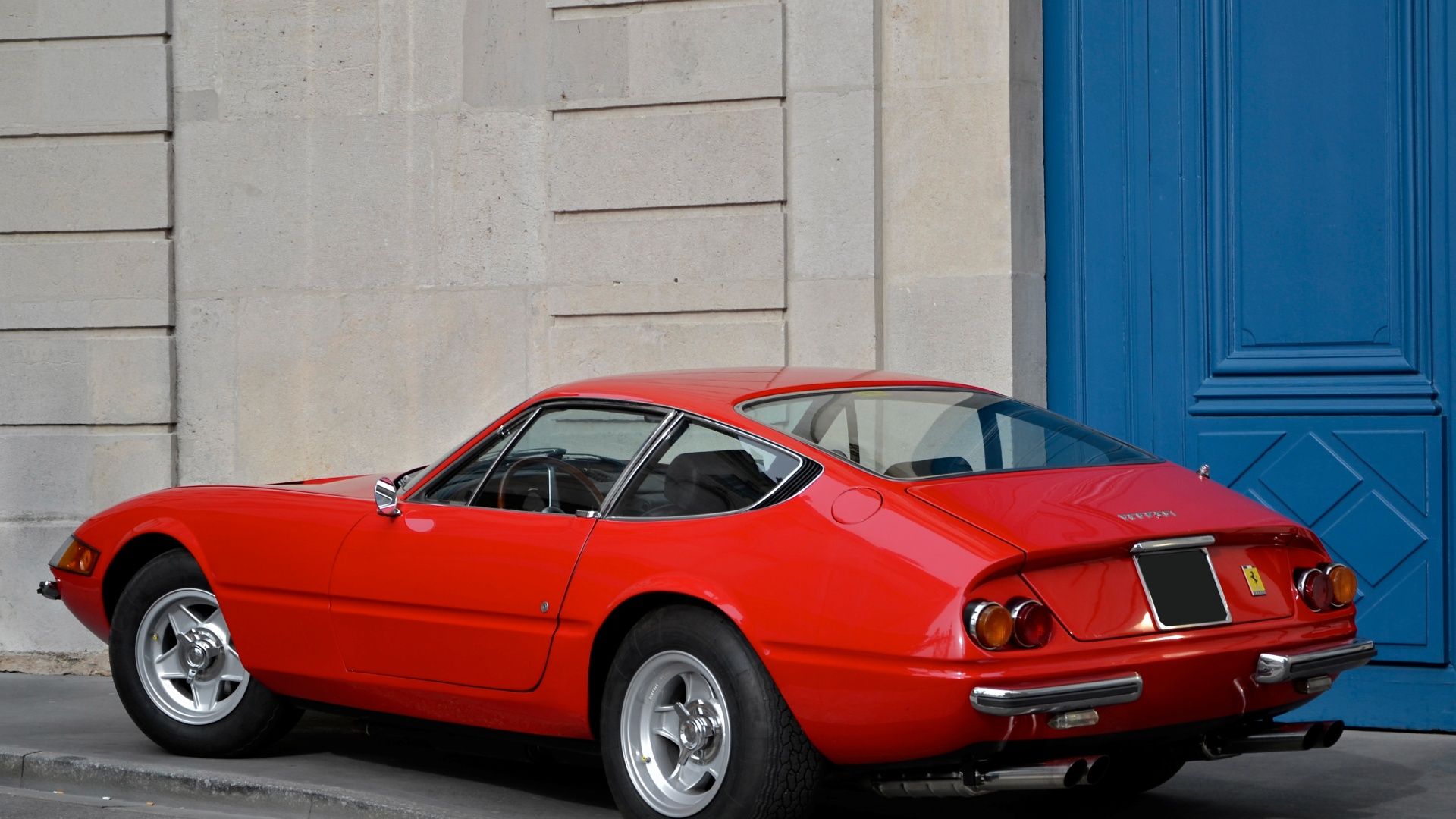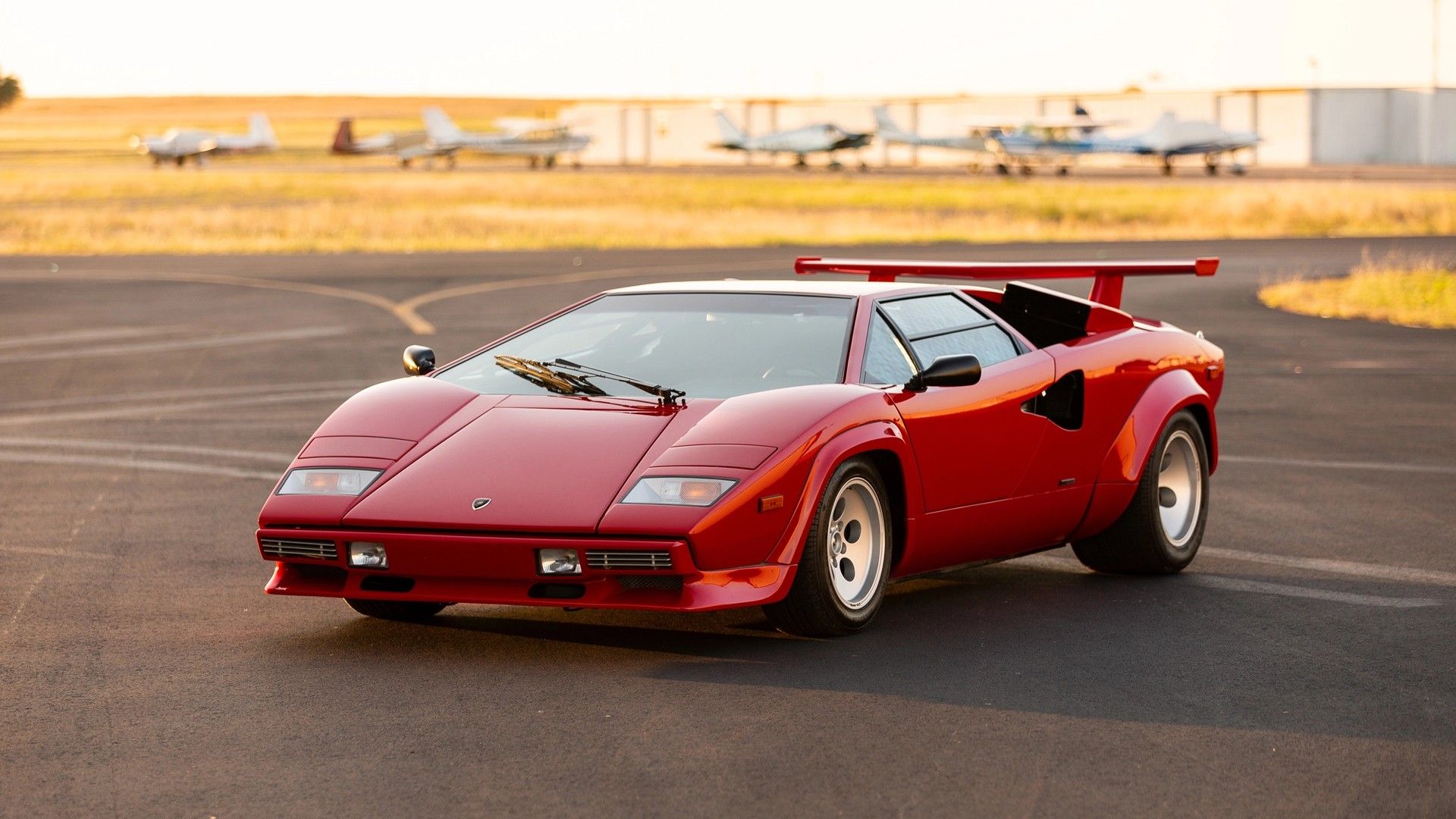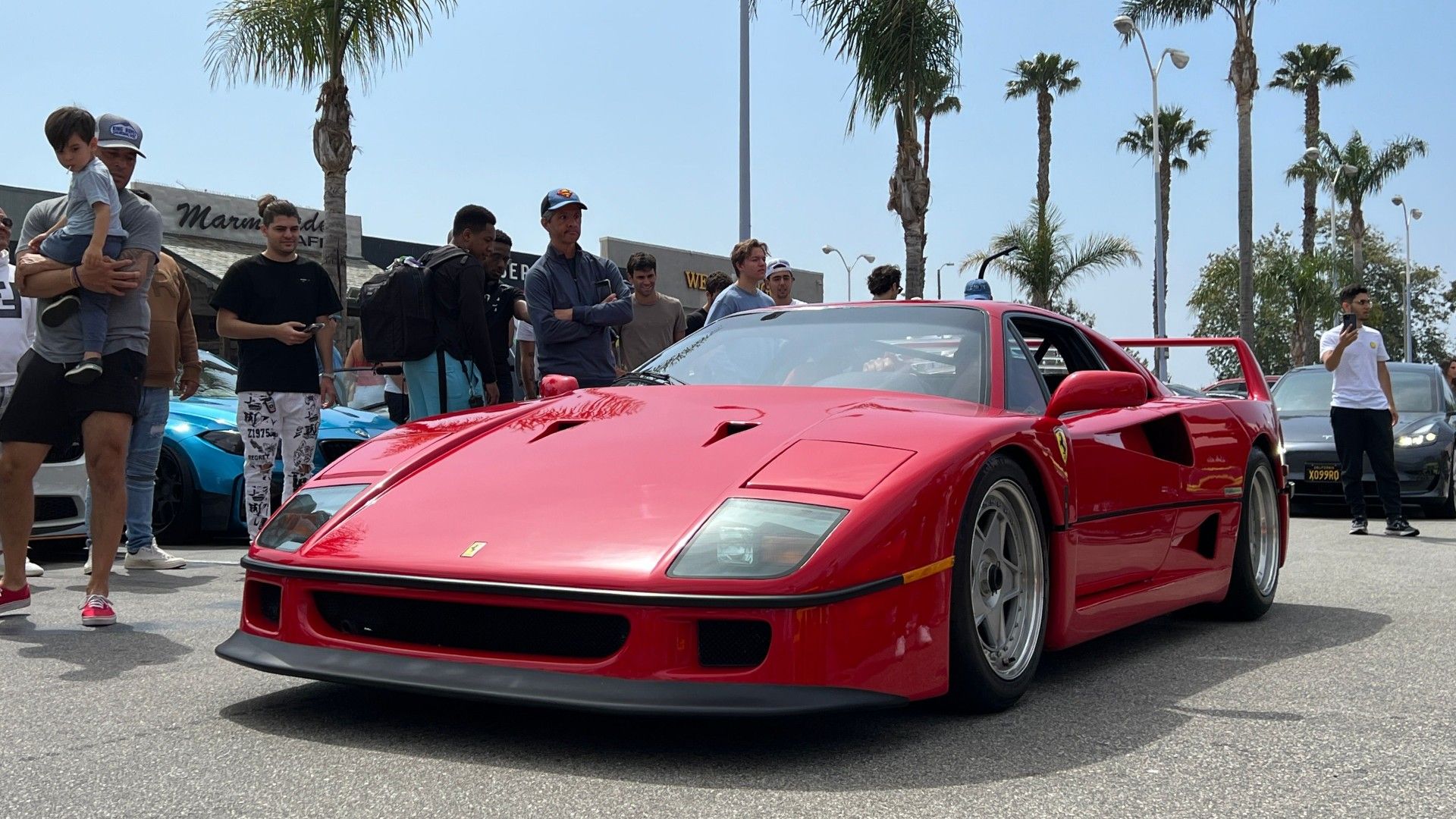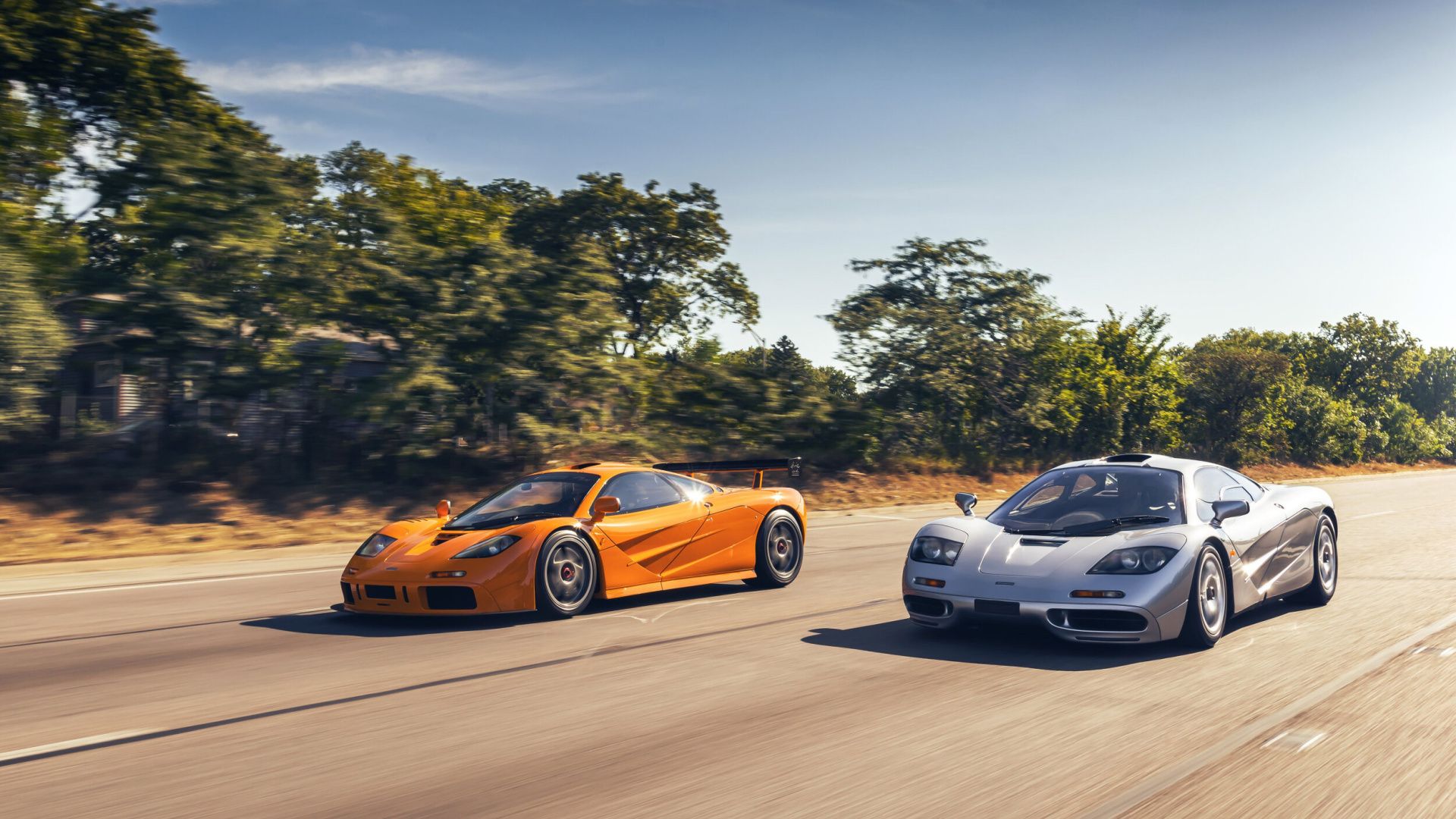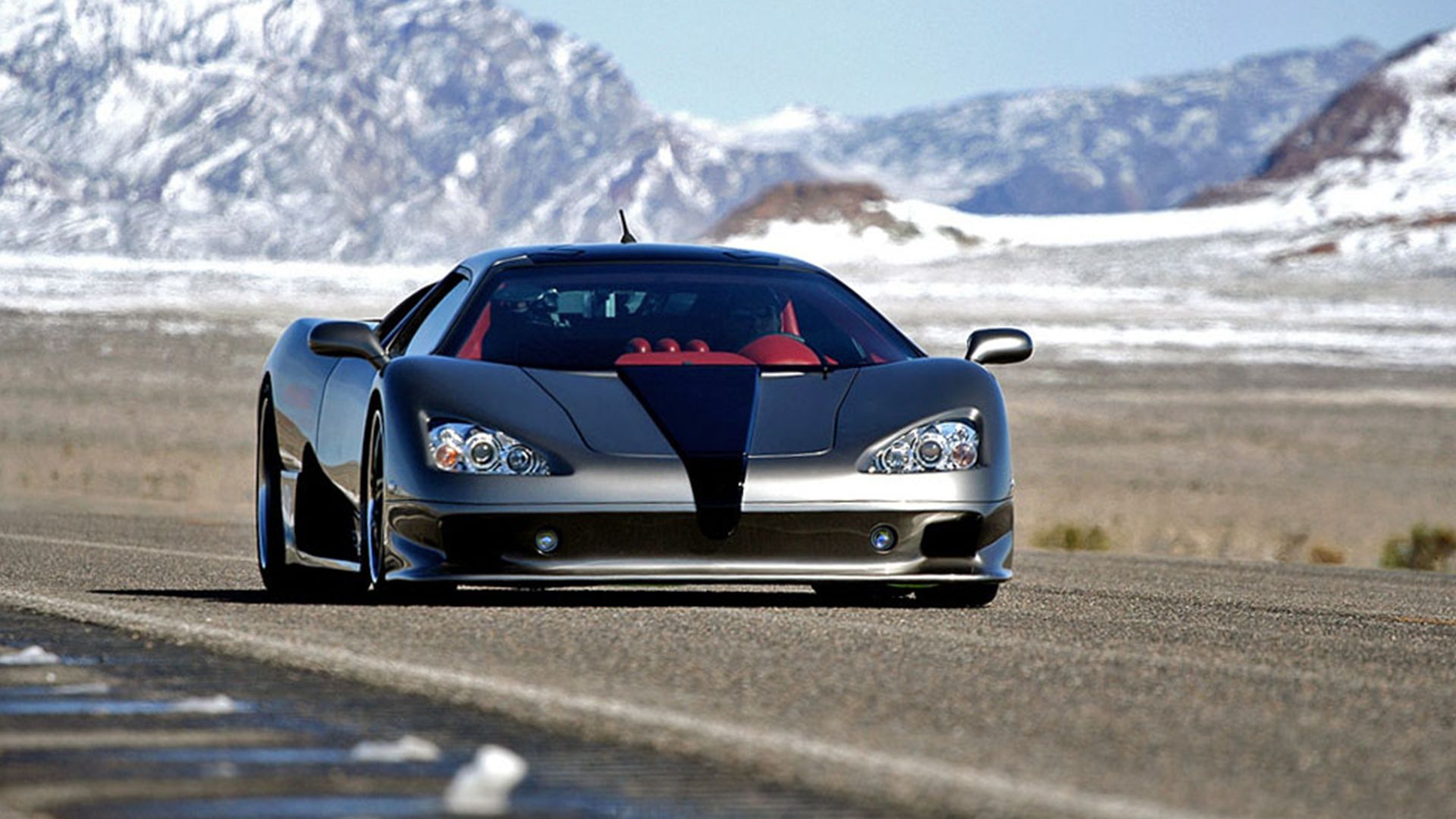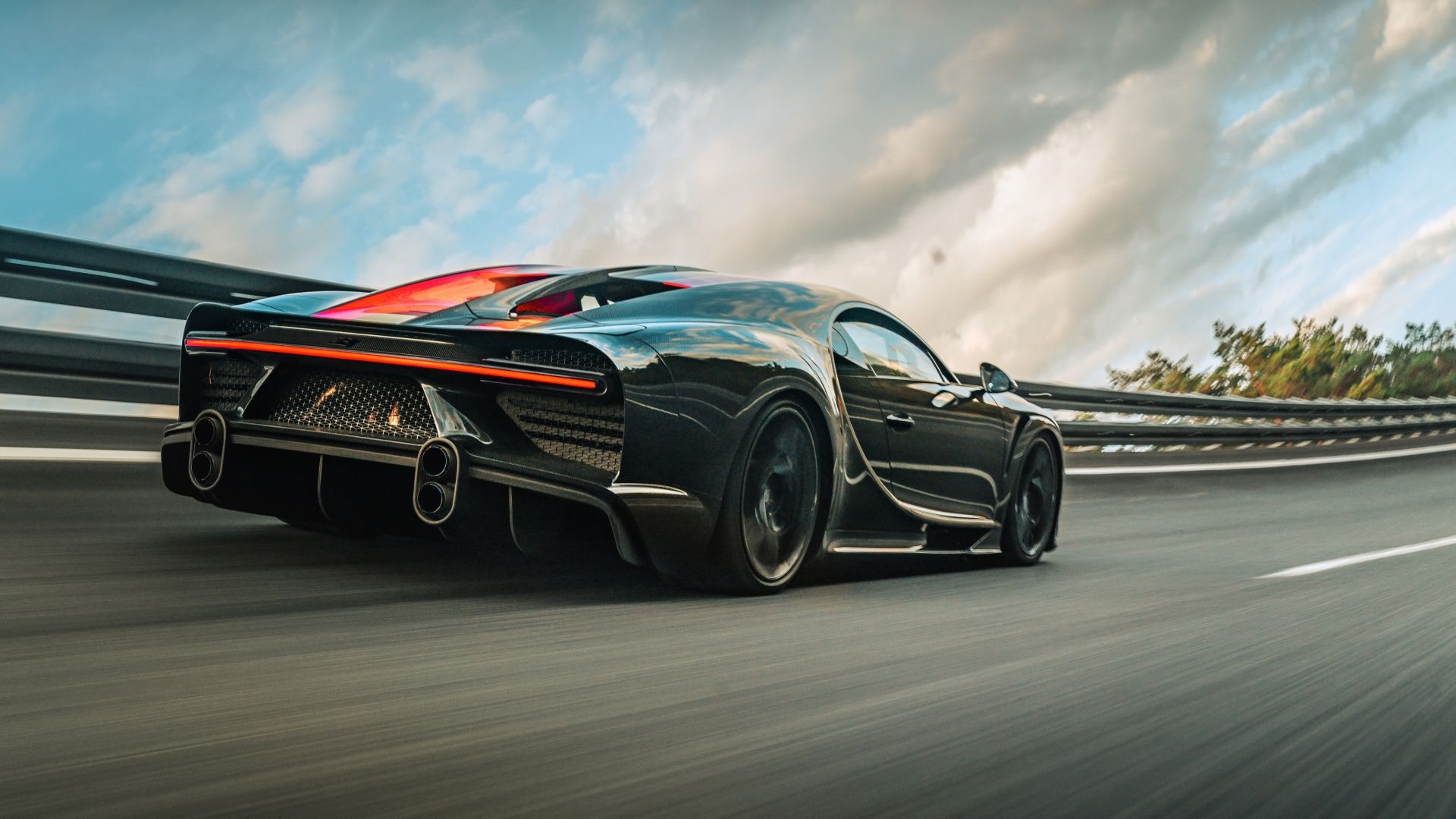Top Speed is among the highlights of any vehicle. While there are several other key factors to a vehicle, the maximum velocity it can achieve was for a long time, a car’s main boasting figure. Henry Ford once said, “The first auto race began five minutes after the second car was built”. Few things accentuate the importance of speed as strongly as those words. The late 19th century saw the invention of the combustion-powered automobile.
Since then, the perception of speed has evolved by a long shot. These days, we have vehicles capable of absurd speeds. What was considered a fast car in the 1930s, is no faster than a normal, run-of-the-mill family car of today. With that said, there have been plenty of iconic vehicles over the decades, built specifically to break speed records while still being available to the general public, or at least those who could afford them. Without further due, let's take a look at the fastest cars of every decade from 1930 to 2020.
10 1930s: Duesenberg Model SJ/SSJ - 140 Mph
Duesenberg is synonymous with the brand that invented the first supercar. The supercharged Model J versions, known as the SJ and SSJ came about in 1932. Based on the naturally-aspirated Duesenberg Model J, they featured a supercharged version of the 6.9-liter, DOHC, straight-eight engine. Even with a low, 5.7:1 compression ratio, the supercharged versions were capable of 320 and later, 400 horsepower instead of the naturally-aspirated version’s 265.
The SJ and SSJ models were capable of speeds of up to 135 to 140 mph (217 to 225 km/h). Although the three-speed manual did not feature a synchro-mesh, 0 to 60 mph (97 km/h) was achieved in the eight-second range while 100 mph (161 km/h) was dealt with in 17.0 seconds. Only 36 examples of the supercharged Duesenbergs were built.
9 1940s: Jaguar XK120 – 135 Mph
In 1948, Jaguar introduced what could be considered the first contemporary-styled Jaguar – the XK120. Succeeding the SS Jaguar 100, the “120” was much sleeker and would set the tone for Jaguar sports cars for decades to come. Power came from a 3.4-liter inline-six that produced 160 horsepower and 195 pound-feet (264 Nm). Power was sent to the rear wheels through a four-speed manual.
As the name suggested the car was built to topple the 120-mph (193 km/h) speed barrier. Depending on the body style, Jaguar claimed a top speed of up to 125 mph (201 km/h). On May 30, 1949, the XK120 set an average speed record of 132.6 mph with a small windshield in place of the standard one. With the tonneau cover over the passenger side, the XK120 Roadster managed to hit 135 mph (217 km/h) – still slower than the now-discontinued Duesenberg.
8 1950s: Aston Martin DB4 GT - 151 Mph
The 1950s was a time of exquisite styling and performance cars. Coachbuilders were heavily invested in making the most exclusive vehicles even more upscale, and Aston Martin has its fair share of good examples. The 1958 DB4 was the basis for what would become the fastest car of the 1960s.
The Aston Martin DB4 GT was a lightweight, more performance-oriented version of the standard DB4. The inline-six engine grew from 223 to 228 cubic inches (3.67 to 3.75 liters) resulting in a power jump from 240 to 302 horsepower. Torque was rated at 269 pound-feet (366 Nm). The engine was mated to a four-speed manual. In 1959, the DB4 GT managed a top speed of 151 mph (243 km/h). It was properly quick too, with the 0 to 60 mph (97 km/h) dash taking place in 6.1 seconds.
7 1960s: Ferrari 365 GTB/4 “Daytona” - 174 Mph
Few things in the world are as classically-correct as a long-nose, V-12 Ferrari. The Italian supercar manufacturer has blessed us with many iconic models, but in the late 1960s, the Daytona was peak Ferrari V-12. The 4.4-liter, DOHC, V-12 with six, two-barrel Weber or Solex carburetors, the Italian Stallion produced 347 horsepower at 7,500 RPM and 318 pound-feet (431 Nm) at 5,500 RPM.
Despite being a performance-luxury gran tourer, the 365 GTB/4 Daytona boasted a curb weight of 2,646 pounds (1,200 kg). Combined with the aerodynamic body, it’s no wonder the V-12 Ferrari managed a top speed of 174 mph (281 km/h), in 1968. Thanks to a five-speed manual, 60 mph (97 km/h) was reached in 5.4 seconds.
6 1970s: Lamborghini Countach LP400 - 179 Mph
If you are a car enthusiast, you probably know of the feud between Enzo Ferrari and Ferruccio Lamborghini. Ferrari was good at pissing people off and one of Lamborghini’s many cars, built to compete with Ferrari’s offerings is the Countach. The wedge-shaped supercar entered production in 1974 and was produced for 16 years.
The car constantly evolved, but even earlier versions, with LP400 designation, were potent enough to secure the title of the fastest production car. The mid-mounted, 3.9-liter V-12 developed 370 horsepower, which was routed to the rear axle through a five-speed manual. The Countach was less aerodynamic than its looks suggested, but even so, it managed a top speed of 179 mph (288 km/h).
5 1980s: Ferrari F40 - 201 Mph
Considered by many to be the best supercar ever made, the F40 was the last Ferrari developed under the guise of Enzo Ferrari himself. “The Commendatore” wanted this to be the ultimate road-going, performance car. His iconic phrase “I don’t care that the gaps in the body are uneven. When the driver steps on the gas pedal, I want him to shit his pants”, perfectly defines the Ferrari F40.
The tubular steel space frame and composite body translated into a curb weight of just 2,765 pounds (1,254 kg). The 2.9-liter, twin-turbo V-8 was rated at 478 horsepower, but some speculate power levels are above the 500 horsepower mark. With a five-speed, gated manual, the F40 gets to 60 mph (97 km/h) in 4.2 seconds, and will go on to a top speed of 201 mph (324 km/h), making it the fastest production car in 1987.
4 1990s: McLaren F1 – 243 Mph
Gordon Murray will go down in history as an automotive perfectionist. His unorthodox thinking was instrumental in creating some epic machinery and, by far, the most memorable of them all is the McLaren F1. The car went into production in 1992 and in its creation, no stone was left unturned in pursuit of motoring perfection. Clichés aside, the car featured the first-ever for production car, a three-seat layout, and a BMW-derived V-12 that was so balanced it didn’t need a flywheel.
With 627 metric horsepower and a six-speed manual, the F1 was capable of reaching 243 mph (391 km/h), although the average from three runs resulted in 204.1 mph (386.4 km/h). To this day, McLaren F1 remains the fastest production car with a normally-aspirated engine.
3 2000s: SSC Ultimate Aero TT - 257 Mph
American carmakers are not known for their mid-engine supercars, but they still have some nonetheless. In 2004, Shelby Super Cars (not to be confused with Shelby American) introduced the Ultimate Aero. The design of this Corvette V-8-powered supercar seems to have been inspired by the Lamborghini Diablo. The car had a few iterations with the most powerful one coming out in 2009.
The Ultimate Aero TT swapped two turbochargers instead of the superchargers, for 1,287 horsepower and 1,106 pound-feet 91,500 Nm). More impressively, it came with a six-speed manual. This combo was good for a top speed of 257 mph (415 km/h), making it faster than the Bugatti Veyron of the same period.
2 2010s: Koenigsegg Agera RS – 284 Mph
Swedish automaker Koenigsegg came dangerously close to snatching the top speed record from the McLaren F1. The 2002 Koenigsegg CC8S managed 240 mph (386 km/h), which was a hair under the F1’s achievement. In 2015, however, Koenigsegg introduced the Agera RS, which packed 1,341 horsepower and 1,011 pound-feet (1,371 Nm) from a 5.0-liter, twin-turbo V-8.
Power hit the ground through the rear wheels and a seven-speed automatic, which despite being a DCT unit weighed just 178 pounds (81 kg). On November 4th, 2017, Koenigsegg tested the Agera RS, reaching speeds of 284.55 mph (457.49 km/h). However, the average speed from all runs was 277.8 mph (446.97 km/h), which was still a world record for production cars.
1 2020: Bugatti Chiron Super Sport 300+
By decimating the top speed record for production cars, Gordon Murray’s McLaren F1 paved the way for other manufacturers to go crazy. The title of fastest car was frequently exchanged between Koenigsegg, SSC, and Bugatti. In 2019, Bugatti introduced the Chiron Super Sport 300+, which was a “long-tail” version of the standard car, capable of over 300 mph (483 km/h). Production, however, did not commence until 2020.
The 248.9mm (9.8 inches) longer body provided extra, high-speed stability allowing the car to reach a record-breaking 304.77 mph (490.47 km/h) at Volkwagen's Ehra-Lessien test track, in Germany. The 8.0-liter, quad-turbo W-16 produces 1,577 horsepower and 1,180 pound-feet (1,600 Nm). The last of the 30 units produced was delivered on July 21, 2022.
